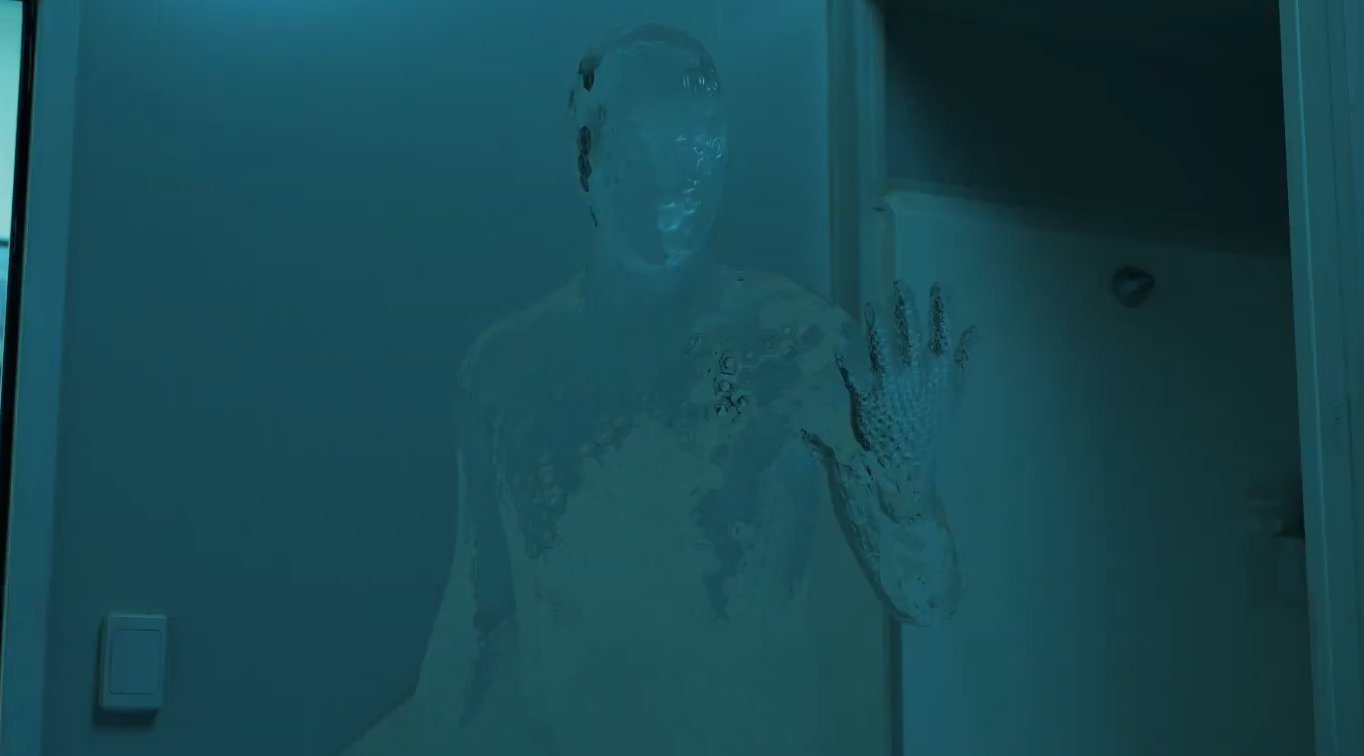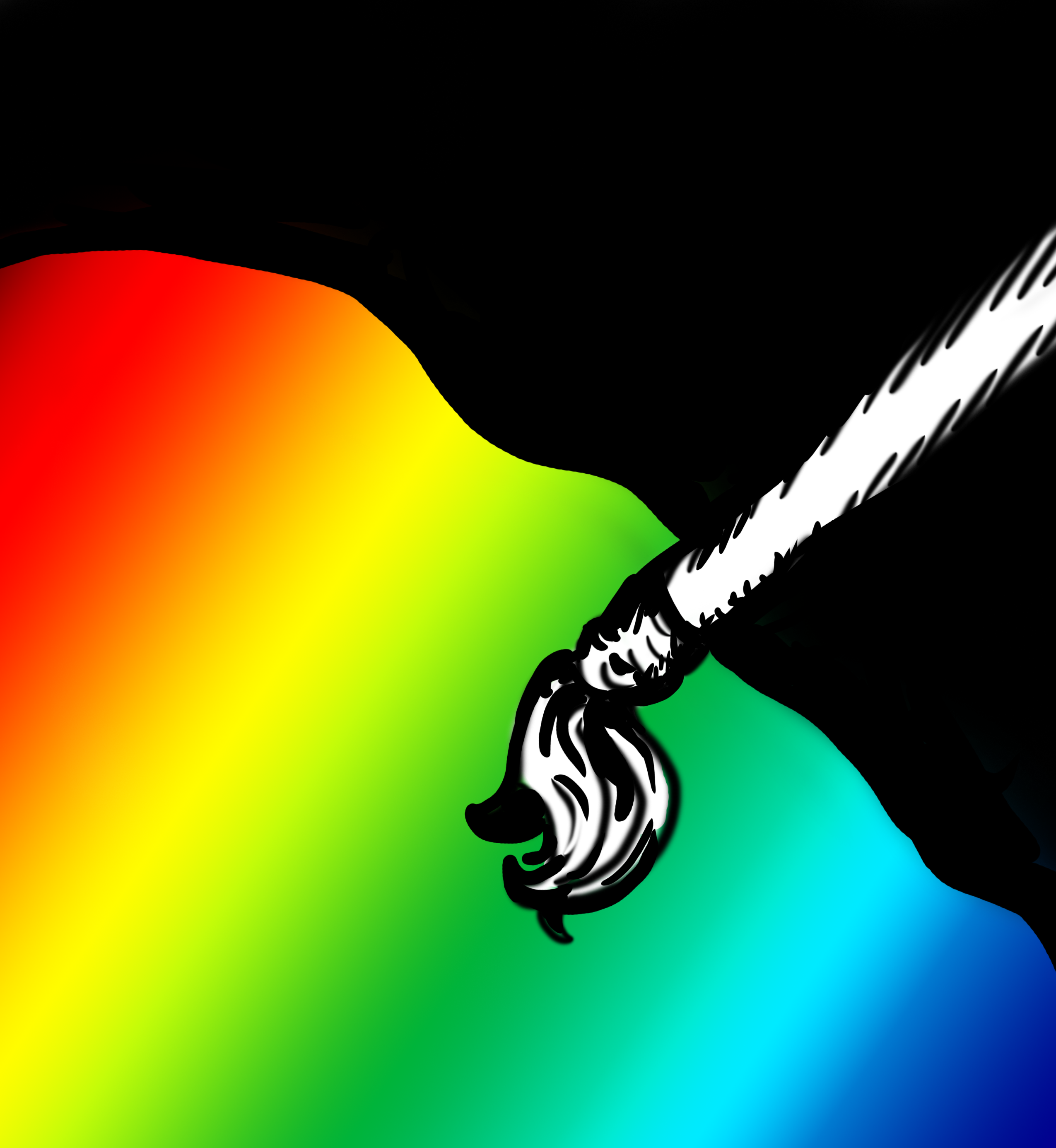“Invisible Man” now visible for streaming
“The Invisible Man” may have only left theaters a few weeks ago, but it’s now available in your home on Amazon Prime, Apple TV, Google Play and Youtube for the exorbitant price of $19.99. Thanks to the coronavirus pandemic, theaters around the world have closed and the newest theatrical releases are left out in the cold. In response, major studios are releasing their biggest titles to streaming services, and this is one worth the rental.
If you’re a fan of the Universal classic monsters then you’re already aware of the plot; a mentally unstable scientist discovers a way to turn himself invisible. But, unlike the previous versions of the story, the focus of the narrative shifts to his wife, who is now the specific object of his demented mind games. When people around her start ending up dead, she is to blame for the murders and must clear her name before it’s too late to stop him.
Its journey toward being made was a tumultuous one. The project went through numerous writers and directors before Universal finally settled on Leigh Whannell, who is primarily known for his stylish 2018 sci-fi thriller “Upgrade.” He is credited as the writer and director here — meaning he is in full control of the plot and what we see — and gives the film a great cohesive identity.
The plot’s modification consists of changing protagonists from the titular scientist Adrian Griffin — played by Oliver Jackson-Cohen — to Elisabeth Moss’ character whom plays his wife Cecilia, and the focus of the story has shifted to a survivor of domestic violence’s point of view.
Additionally, the invisibility has been updated to a semi-plausible suit with hundreds of cameras. Together, these adjustments make the concept easier to grasp and take seriously versus the pulpy original from 1933. Moreover, they even give the story an interesting allegorical comparison to victims of monstrous husbands, which isn’t typically the subject of many mainstream horror films.
The cast is also great across the board, but obvious commendations go to Moss. She is vulnerable, desperate, and fantastic in the lead role, all being traits she needed to pull off successfully in order to get the audience on her side. A lesser performer might have made her a shrill, irritable character — which would have made the scenes of her in danger less compelling.
It’s not a perfect movie; the opening act is slow, full of clunky expository dialogue and aside from the neat technological perspective of the invisibility, it is short on story. Whannell relies heavily on atmosphere and long, silent shots of empty hallways to ratchet up the suspense, but it comes up short in that early section.
It’s at a key moment roughly halfway through the movie that the film escalates to solid thriller territory as a result of a principal character being shockingly killed in an unexpected way. The horror of Cecelia’s position in which nobody believes her is increasingly empathetic for the audience and the notion that no character is safe from death means the latter half is unpredictable. It keeps you on your toes, which all good horror should aspire to.
Since Marvel kickstarted their lucrative cinematic universe with “Iron Man” back in 2008, most major movie studios have pursued the same goal — find an intellectual property with name brand recognition that can also be expanded into a universe and span multiple movies. Universal hit it big back in the thirties and forties with the huge slate of monster movies that are now considered classics, like “Dracula,” “Frankenstein,” “The Mummy,” “The Wolf Man” and “The Invisible Man.”
Someone at Universal saw dollar signs and came up with the bright idea of incorporating them into their own shared “Dark Universe,” likely dreaming of the same box office totals as Marvel’s “Avengers” series and their own “Fast and Furious” franchise. Yet, they failed twice in that regard, “Dracula Untold” released in 2014 to lukewarm reviews, and “The Mummy” from 2017 vastly underperformed at the box office.
It looked like any notion of a shared series was as dead as Frankenstein’s monster. Yet against all odds, this third attempt to begin the Dark Universe just might do the trick. Impressive special effects for the invisibility scenes, a solid lead performance and intriguing narrative twists make it a guaranteed good time. It may start slow, but stick around for the better second half and you won’t be sorry.
Star Rating: Three and a half stars
Good:
- Memorable lead performance from Elisabeth Moss.
- Innovative twist on a familiar story.
- A better second half delivers great suspense.
Bad:
- Exposition-heavy first act is somewhat boring.
- Simple plot.
- Some plot holes pop up if you look closely.



